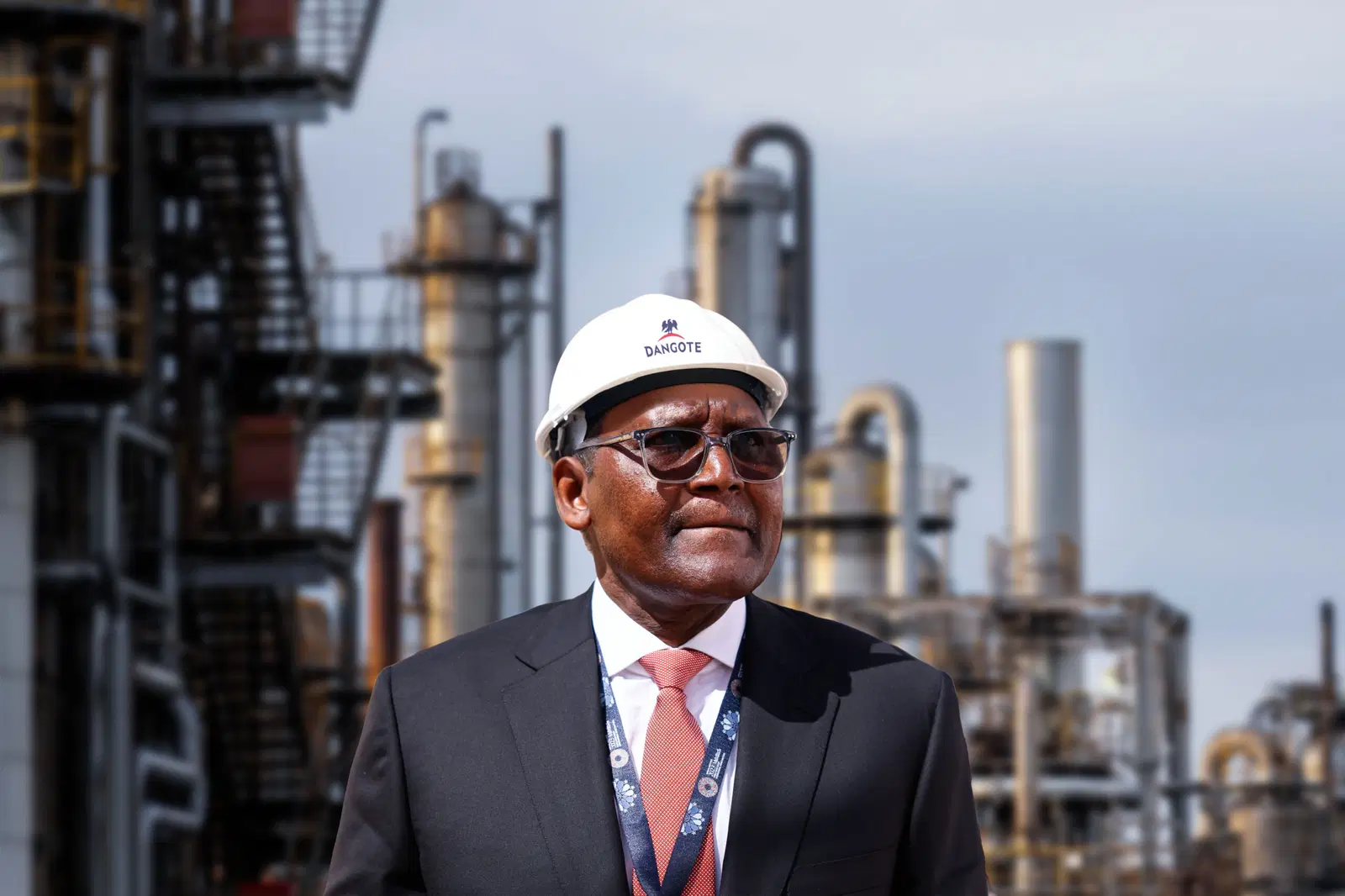JUST IN: Price of Qua Iboe rises over $100 per barrel
By Eyo Nsima
The price of Qua Iboe has surged over $100 per barrel as inadequate oil supply continues to affect the international market.
The current price is the highest since 2022 when the world experienced a shortfall, due mainly to the Russian invasion of Ukraine and other factors.
However, the Organisation of Petroleum Exporting Countries, OPEC, pointed out that the demand and usage of oil and gas would continue to grow globally.
In a statement obtained by The Daily, www.thedaily-ng.com, OPEC, stated: “On the International Energy Agency’s recent Op-Ed published on 12 September 2023, asserting that fossil fuel demand would peak before 2030, OPEC notes that consistent and data-based forecasts do not support this assertion.
It is an extremely risky and impractical narrative to dismiss fossil fuels or to suggest that they are at the beginning of their end. In past decades, there were often calls for peak supply, and in more recent ones, peak demand, but evidently neither has materialized. The difference today, and what makes such predictions so dangerous, is that they are often accompanied by calls to stop investing in new oil and gas projects.
“Such narratives only set the global energy system up to fail spectacularly. It would lead to energy chaos on a potentially unprecedented scale, with dire consequences for economies and billions of people across the world,” says OPEC Secretary General, HE Haitham Al Ghais.
This thinking on fossil fuels is ideologically driven, rather than fact-based. It also does not take into account the technological progress the industry continues to make on solutions to help reduce emissions. Neither does it acknowledge that fossil fuels continue to make up over 80% of the global energy mix, the same as 30 years ago, or that the energy security they provide is vital.
Technological innovation is a key focus for OPEC, which is why Member Countries are investing heavily in hydrogen projects, carbon capture utilization and storage facilities, the circular carbon economy, and renewables too. While some may suggest that a number of these oil-focused technologies are still immature, they ignore the fact that many technologies referenced in net-zero scenarios are at an immature, experimental, or even theoretical stage.
In recent years, we have seen energy issues climb back to the top of the agenda for populations as many glimpse how experimental net zero policies and targets impact their lives. They have legitimate concerns. How much will they cost in their current form? What benefits will they bring? Will they work as hyped? Are there other options to help reduce emissions? And what will happen if these forecasts, policies and targets do not materialize?
Thankfully, there has been a reawakening across many societies of the need for energy security and economic development to go hand-in-hand with reducing emissions. In turn, this has led to a reevaluation by some policymakers on their approach to energy transition pathways.
“Cognizant of the challenge facing the world to eliminate energy poverty, meet rising energy demand, and ensure affordable energy while reducing emissions, OPEC does not dismiss any energy sources or technologies, and believes that all stakeholders should do the same and recognize short- and long-term energy realities,” says HE Al Ghais.
In the interests of contributing to future overall global energy stability, OPEC will continue to cooperate with all relevant stakeholders to foster dialogue, that includes the views of all peoples, so as to ensure inclusive and effective energy transitions moving forward.
According to LSEG data, Qua Iboe, which is produced from numerous offshore fields by ExxonMobil and exported through Qua Iboe Terminal, QIT, surpassed $100 per barrel a few hours ago.
In a brief obtained from its website, ExxonMobil, stated: “Qua Iboe Terminal (4° 20’N, 7° 59’E) is located on the eastern side of the Qua Iboe river estuary and contains nine crude oil storage tanks with a total capacity of 4.5 million bbls.
“Vessels are loaded through an SPM (single point mooring) 23 miles offshore which can accommodate ships up to 312,000 DWT, a 345,000 MT displacement limit and BCM equal to 175 meters maximum. “Maximum draft at both berths is 72 feet. Qua Iboe crude oil parcel sizes are normally about 950,000 barrels, but up to two million barrels can be loaded.”
It described Qua Iboe as, “Light crude containing very low levels of sulfur, metals and asphaltic material; when refined will provide similar low sulfur specification products. A well-balanced intermediate crude that produces high-quality, low-sulfur products after simple refining.”







